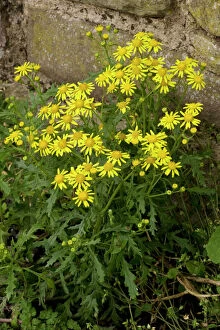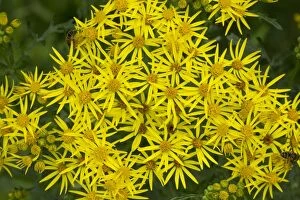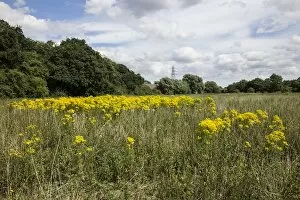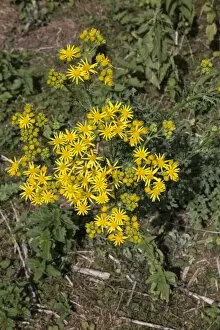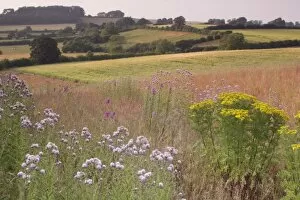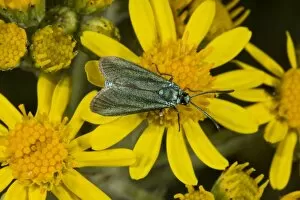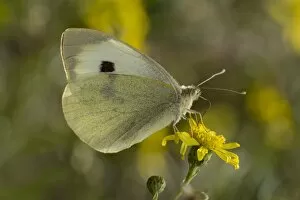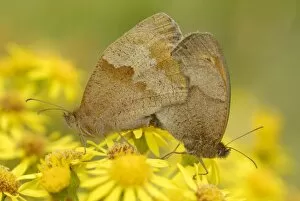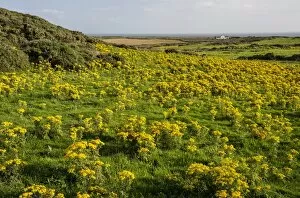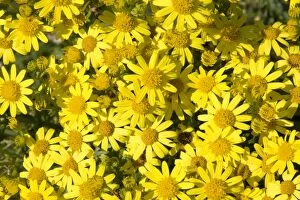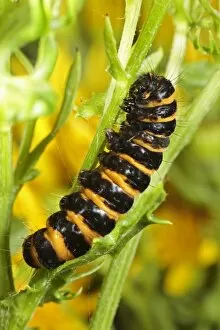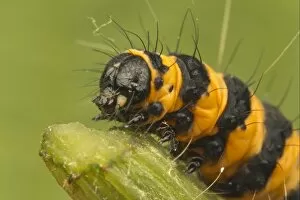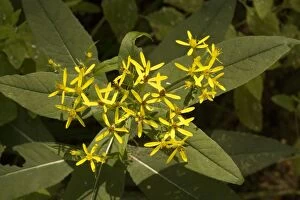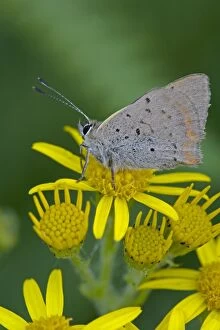Ragworts Collection
Ragworts, specifically the Oxford ragwort (Senecio squalidus), are a widespread naturalized weed that can be found in various habitats. Picture No
For sale as Licensed Images
Choose your image, Select your licence and Download the media
Ragworts, specifically the Oxford ragwort (Senecio squalidus), are a widespread naturalized weed that can be found in various habitats. Picture No. 11073973 showcases the beauty of this plant, with its vibrant yellow flowers standing out against a green backdrop. One interesting aspect is their relationship with other organisms. The Cinnabar Moth (Tyria jacobaeae) caterpillar relies on ragwort leaves as its primary food source, as depicted in the image taken in Yorkshire, England during July. However, it's important to note that while these interactions are fascinating to observe, common ragwort poses a danger to horses when consumed. The flowers of common ragwort also serve as an attraction for different species. In one photo captured in France during October, a Large White Butterfly (Pieris brassicae ssp. Brassicae) female can be seen feeding on a ragwort flower. Similarly, the Common Forester (Adscita statices) adult finds nourishment from these blossoms on chalk downland in Dorset, England. Additionally, meadows often host common ragwort growth alongside other plants like Creeping Thistle (Cirsium arvense) seedheads and Common Foxglove (Digitalis purpurea). These diverse floral displays provide opportunities for insects such as Yellow Dungfly (Scathophaga stercoraria) to rest and feed. In terms of mating and social behavior among butterflies, Meadow Brown (Maniola jurtina) adults form pairs while mating on Common Ragwort flowers within chalk grasslands. Meanwhile, Chalkhill Blue butterflies (Lysandra coridon) gather together to feed on the nectar-rich blooms of this plant species. While some may consider them weeds due to their invasive nature or potential harm towards horses if ingested excessively over time.

